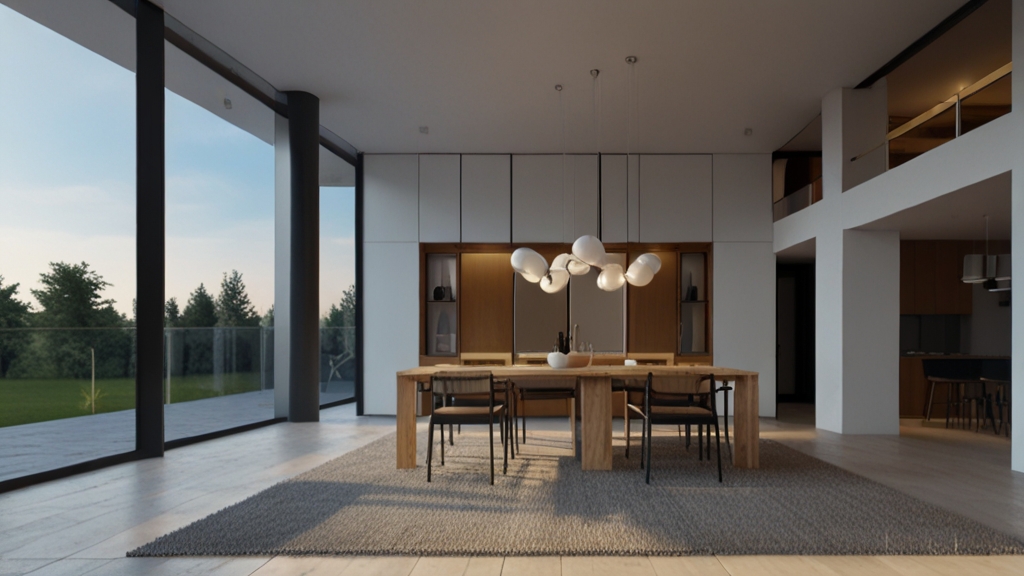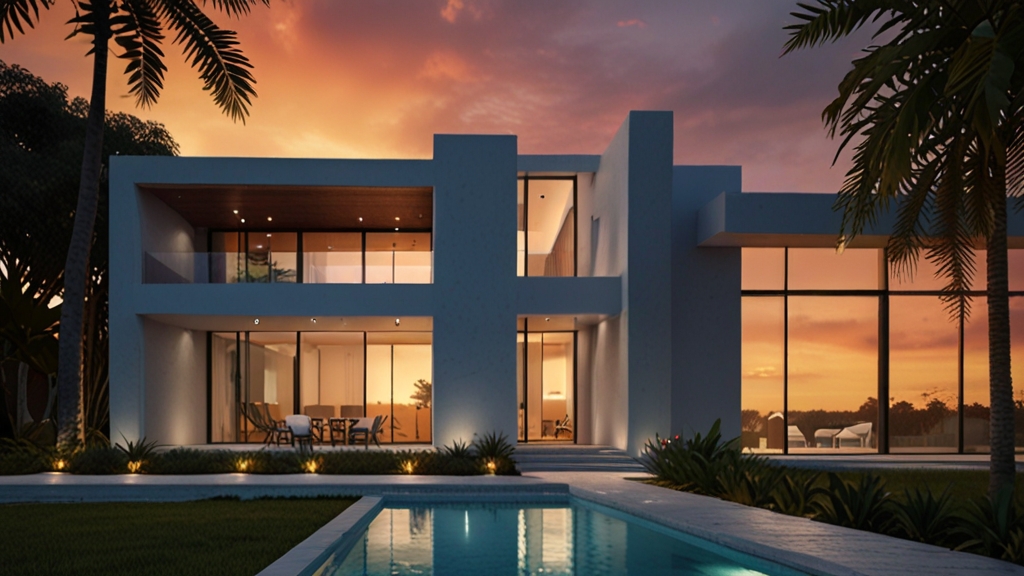Revolutionizing Design and Visualization
In the world of architecture, innovation and technology have consistently played key roles in shaping the way structures are designed, visualized, and experienced. One of the most transformative advancements in recent years has been the integration of Virtual Reality (VR) into the architectural process. VR has ushered in a new era, redefining how architects, clients, and the general public interact with architectural designs. This article explores the exciting and transformative impact of VR in architecture, how it revolutionizes design and visualization, and the endless possibilities it presents for the future of the industry.
1. Immersive Design Experience
Traditionally, architects have relied on two-dimensional representations, such as drawings and blueprints, to convey their design concepts. While these methods have been effective, they lack the ability to provide a fully immersive experience for both architects and clients. VR technology addresses this limitation by allowing architects to create and explore three-dimensional virtual environments that mimic real-world spaces. This immersive experience enables architects to better understand spatial relationships, proportions, and aesthetics, ultimately leading to more refined and functional designs.
For clients and stakeholders, VR provides an unparalleled opportunity to walk through and experience the proposed design before it’s even built. This immersive experience fosters a stronger emotional connection to the project, helping clients to make informed decisions and feel more confident about the final design.
2. Real-Time Design Collaboration
VR has revolutionized the way architectural teams collaborate on projects. With the help of VR technology, team members can collaborate in real-time regardless of their physical locations. Architects, engineers, and other stakeholders can join virtual meetings within the shared virtual environment, where they can discuss, modify, and evaluate designs collectively.
This real-time collaboration reduces communication barriers, accelerates the decision-making process, and ensures that all parties are on the same page throughout the design and construction phases. Moreover, it streamlines the review process and minimizes the risk of costly errors or misunderstandings.
3. Simulating Environmental Factors
Understanding how a building will interact with its surroundings is crucial in architecture. VR technology enables architects to simulate environmental factors such as natural lighting, acoustics, airflow, and even the impact of weather conditions on the structure. By evaluating these factors in the virtual realm, architects can optimize the design for energy efficiency, sustainability, and user comfort.
Additionally, VR allows architects to create virtual sun studies, shadow analyses, and wind simulations, providing valuable insights into how the building will respond to its environment throughout the day and across different seasons.
4. Showcasing Unbuilt Spaces
In the past, presenting unbuilt projects to potential clients or investors often required significant imagination on their part, as they had to visualize the space based on static renderings and blueprints. VR eliminates this challenge by enabling architects to showcase their designs convincingly in a fully interactive and immersive manner.
With VR, clients can explore every corner of a building, experience the scale, and even interact with elements like furniture and fixtures. This level of engagement not only enhances the communication of design intent but also fosters a deeper appreciation and understanding of the project.
5. Virtual Walkthroughs and Public Engagement
VR also has a profound impact on public engagement for architectural projects. For large-scale developments, city planners and architects can use VR to demonstrate how the new structures will integrate with the existing urban fabric. Community members can participate in virtual walkthroughs, providing feedback and insights that architects can incorporate into their designs.
Public engagement in VR also encourages a sense of ownership and involvement, resulting in better-designed buildings that cater to the needs and desires of the community.
Conclusion
Virtual Reality has undoubtedly transformed the way architecture is practiced. Its ability to provide immersive design experiences, facilitate real-time collaboration, simulate environmental factors, showcase unbuilt spaces, and engage the public has elevated the architectural process to new heights. As VR technology continues to evolve and become more accessible, architects can look forward to even more innovative ways of designing, visualizing, and experiencing the built environment. The integration of VR into architecture has not only improved the efficiency of the design process but also empowered architects to create structures that are more functional, sustainable, and in tune with the needs of the people who will inhabit them. The future of architecture is undoubtedly being shaped by the virtual realities of today.









